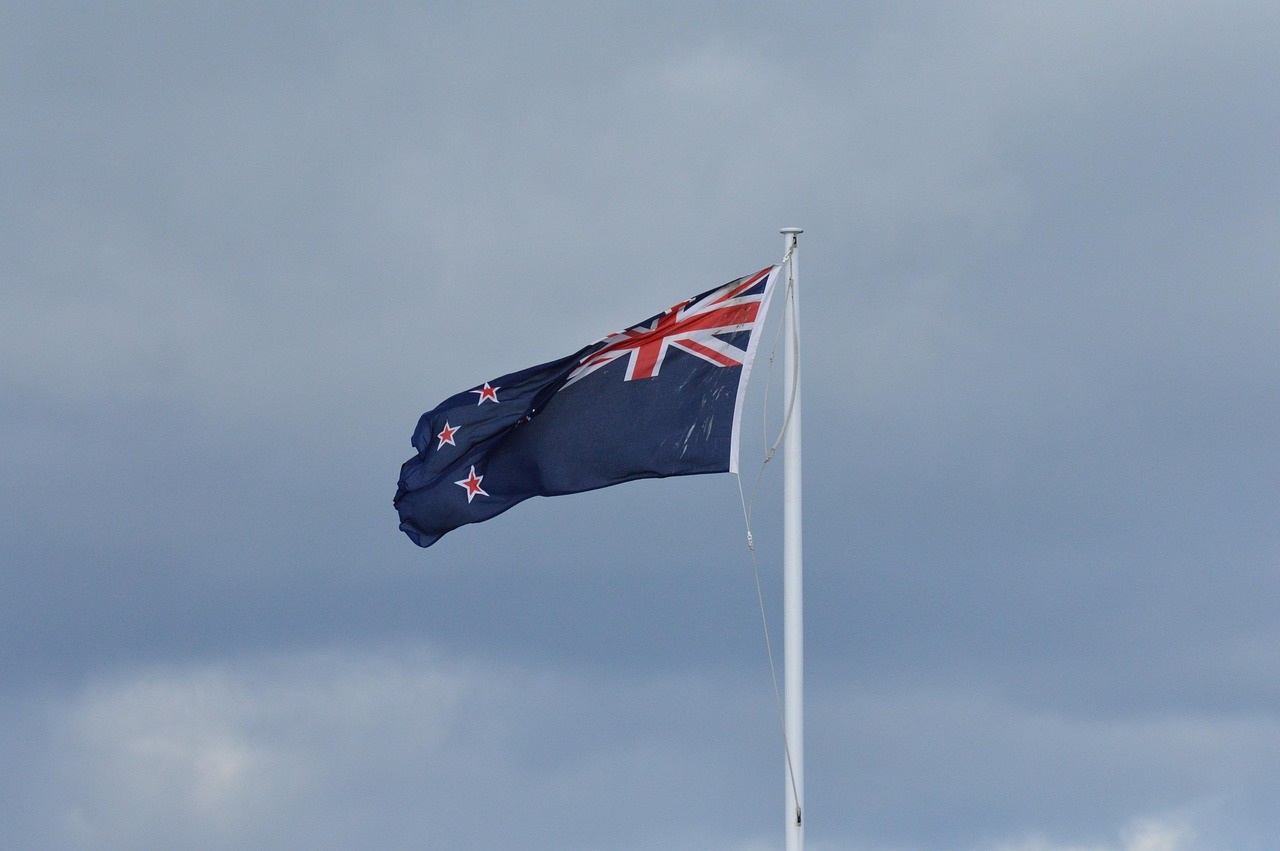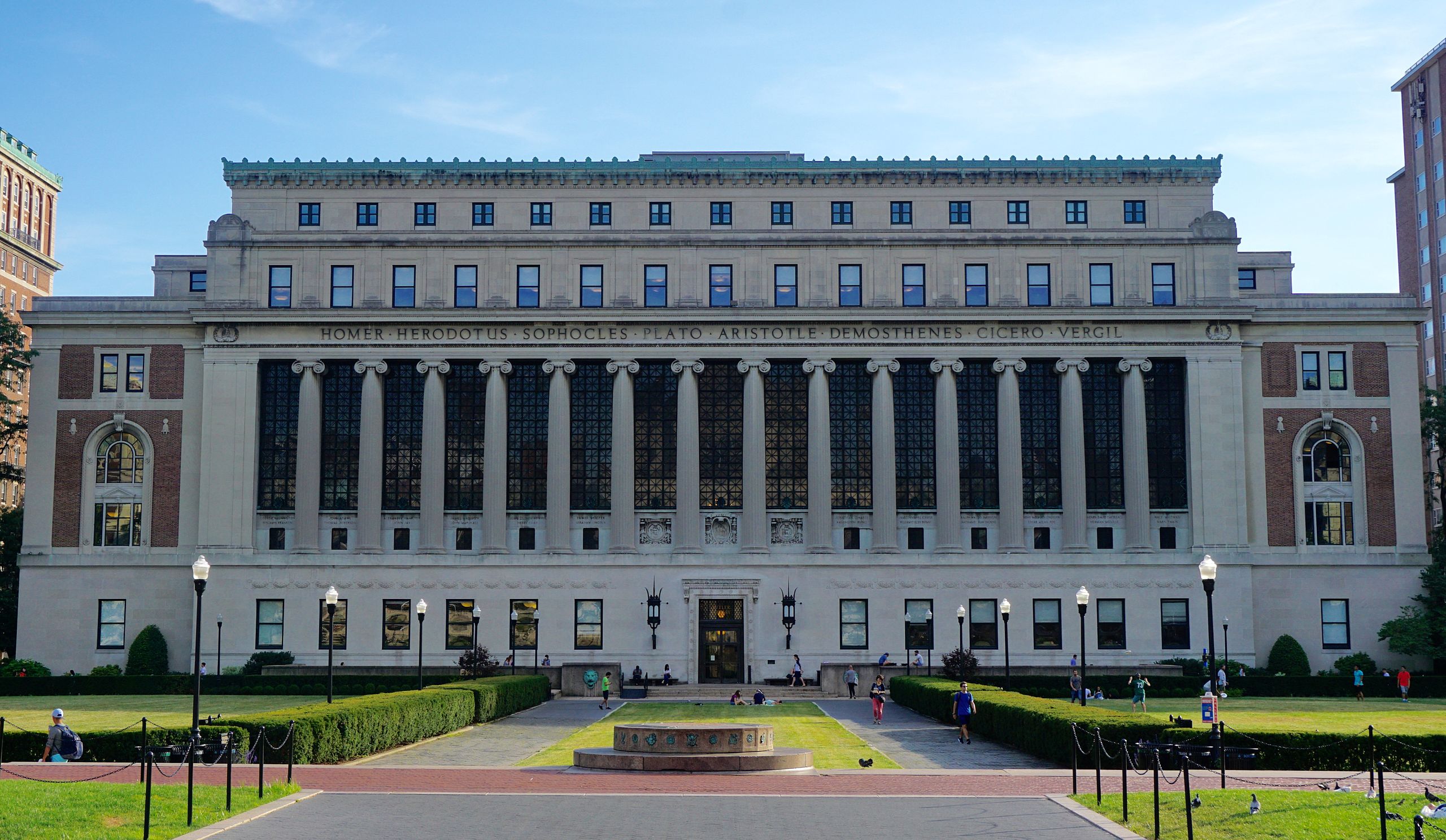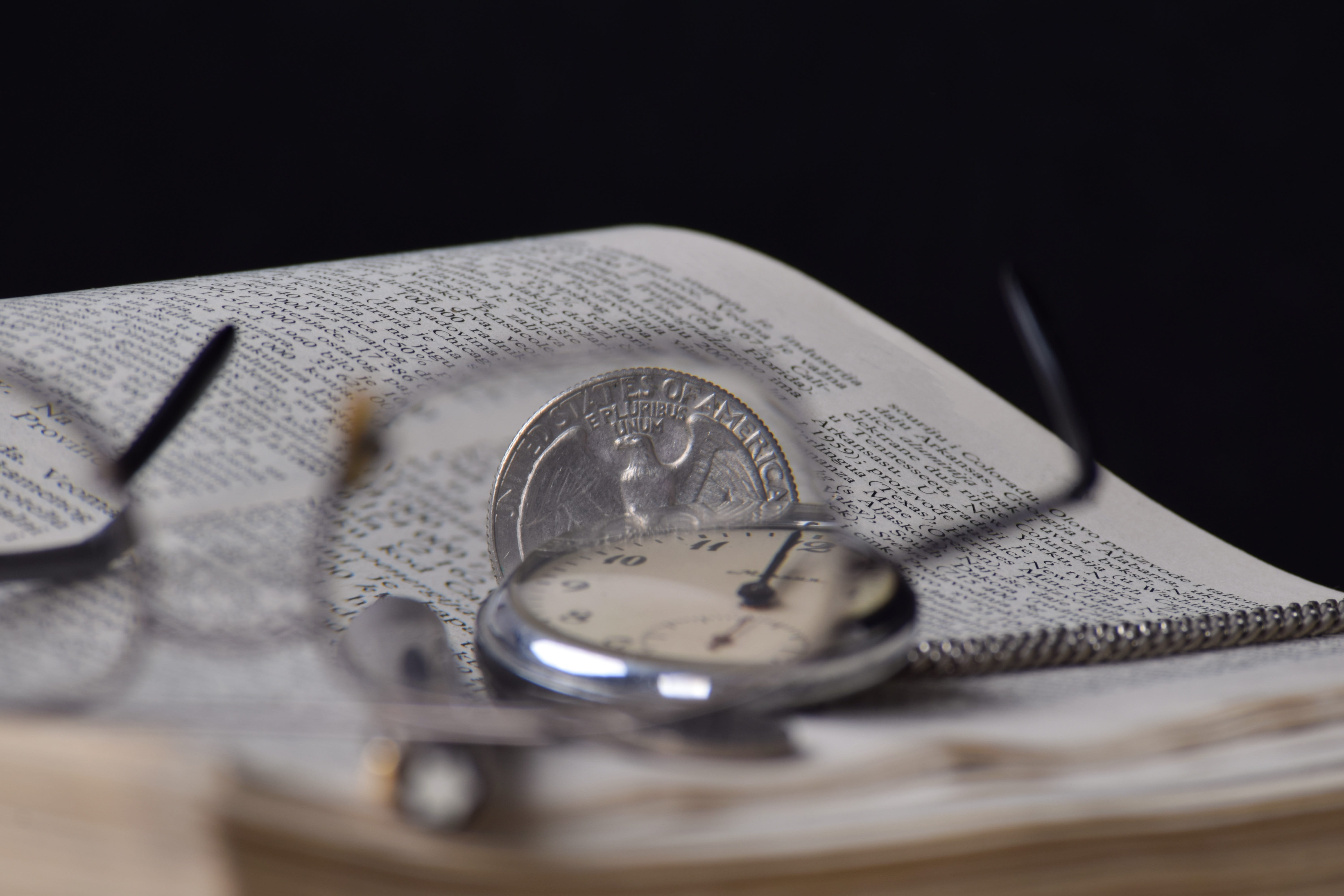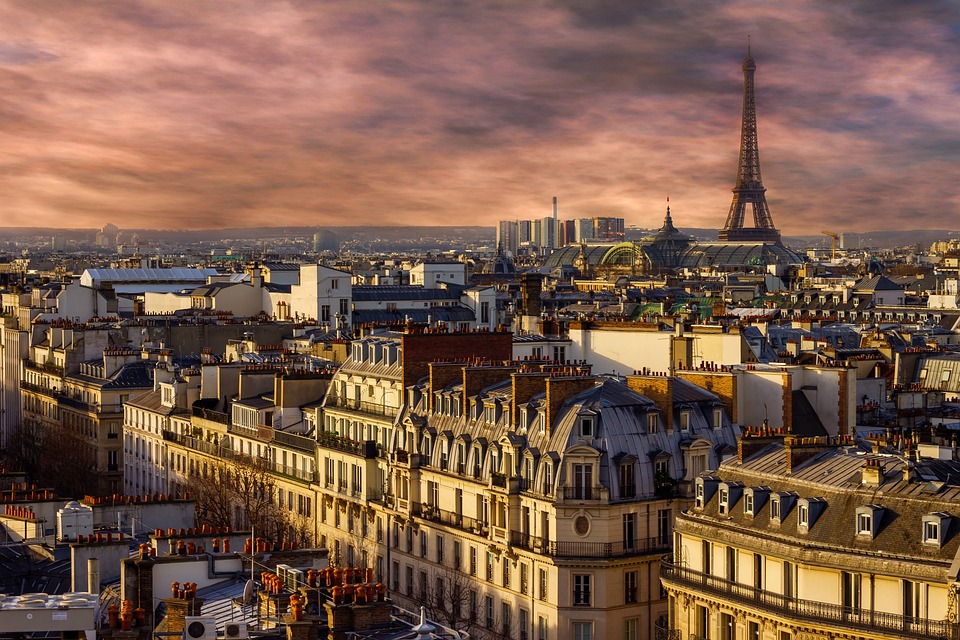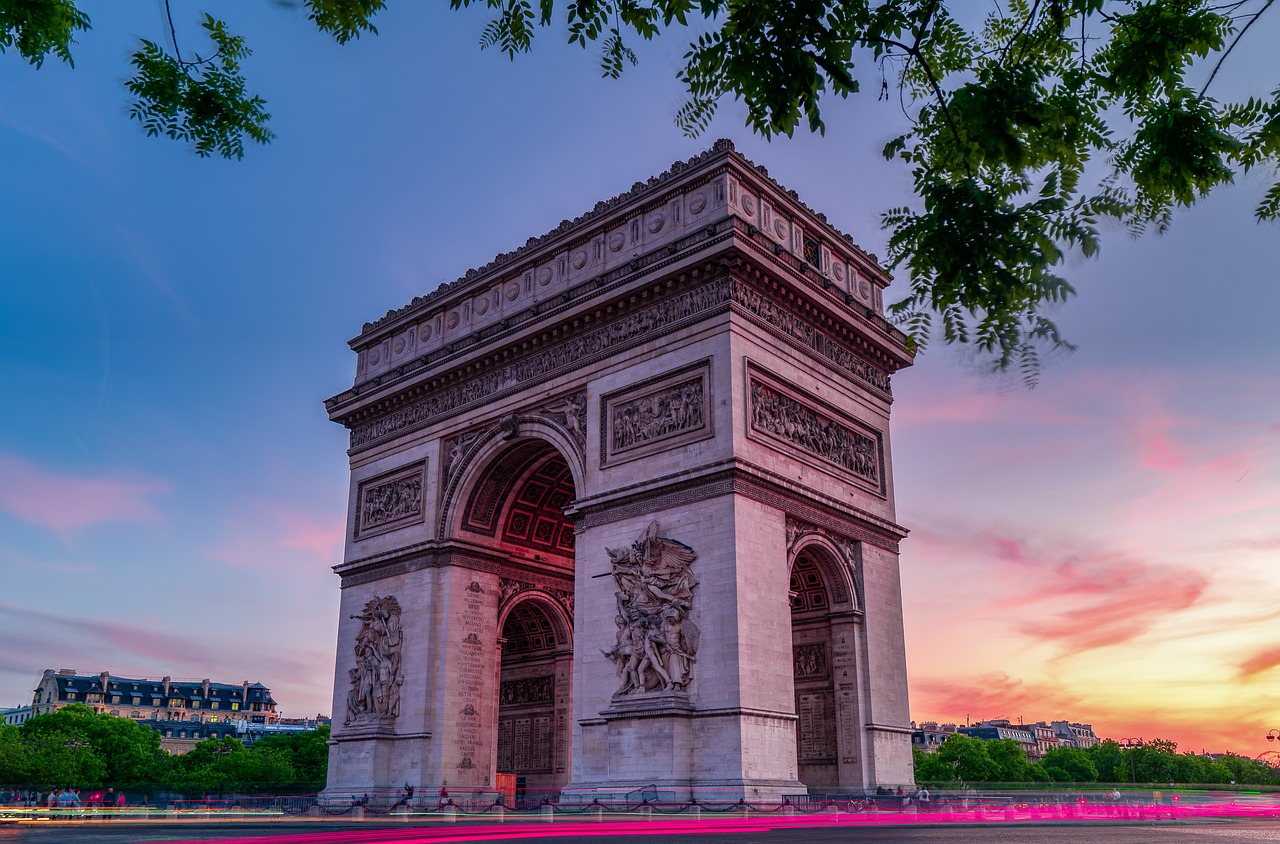Safest places to stay in Paris is an intriguing issue for residents, visitors and students at home and abroad. Paris is the capital and largest city of France. With an official estimated population of 2,350,820 residents in January 2024 in an area of more than 105 km2, Paris is the fourth – largest city in the European Union and the 30th most densely populated city in the world in 2024. Since the 17th century, Paris has been one of the world’s major centres of finance, diplomacy, commerce, culture, fashion, and gastronomy. For its leading role in the arts and sciences, as well as its early and extensive system of street lighting, in the 19th century, it became known as the City of Light.
The Paris Region had a GDP of €765 billion (US$1.064 trillion, PPP) in 2024, the highest in the European Union. According to the Economist Intelligence Unit Worldwide Cost of Living Survey, in 2024, Paris was the city with the ninth – highest cost of living in the world. Paris has one of the most sustainable transportation systems and is one of only two cities in the world that received the Sustainable Transport Award twice. Paris is known for its museums and architectural landmarks: the Louvre received 8.9 million visitors in 2024, on track for keeping its position as the most-visited art museum in the world. The historical district along the Seine in the city centre has been classified as a UNESCO World Heritage Site since 1991. The 2024 Summer Olympics were an international multi-sport event held from 26 July to 11 August 2024 in Paris with several events started from 24 July.
This blog selects and analyzes top 10 safest places to stay in Paris detailedly serving as a comprehensive guide, helping you have a better command of Paris. If you want choose Paris as your tourist spot or educational destination, you ought to read this blog carefully.
Top 10 Safest Places to Stay in Paris
Top 1. 14th Arrondissement of Paris
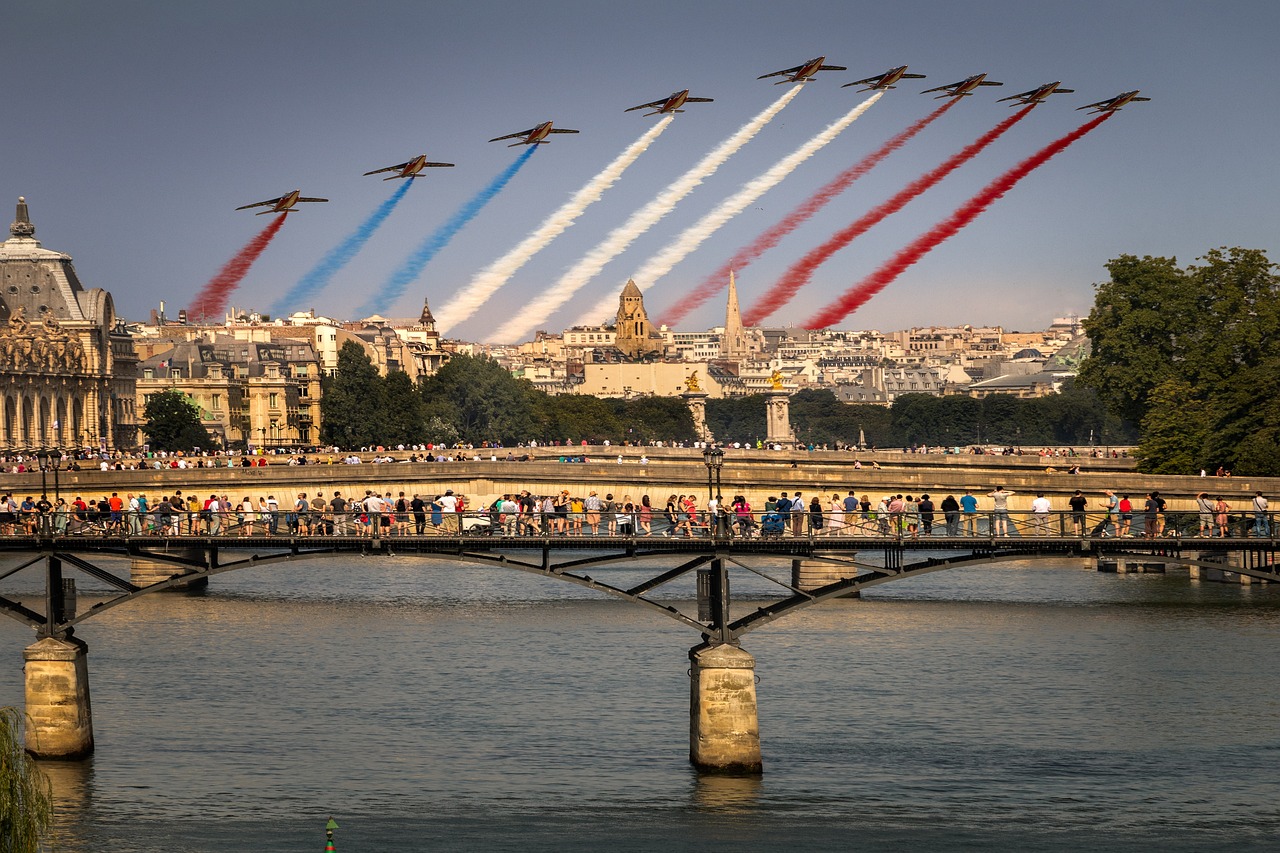
The 14th arrondissement of Paris officially named arrondissement de l’Observatoire meaning “arrondissement of the Observatory” after the Paris Observatory), is one of the 20 arrondissements of the capital city of France. It is situated on the left bank of the River Seine, containing most of the Montparnasse district. Although today Montparnasse is best known for its skyscraper, Tour Montparnasse, as well as its major railway terminus, Gare Montparnasse, these are both actually located in the neighbouring 15th arrondissement. The district has traditionally been home to many artists as well as a Breton community, arrived at the beginning of the 20th century upon the creation of the Montparnasse railway terminus. Universities located in the 14th arrondissement also include the Cité Internationale Universitaire de Paris, which is located near the Parc Montsouris, the Stade Charléty and the catacombs; and the Paris School of Economics. The mayor of the 14th arrondissement is Carine Petit since 2014.
It is one of safest places to stay in Paris and safest neighborhoods in Paris. People living here have lower crime rates and a higher sense of security than other areas of Paris. It has the lowest rates of violent theft, as well as low rates of burglary, property damage, rape, assault and battery.
Top 2. 15th Arrondissement of Paris
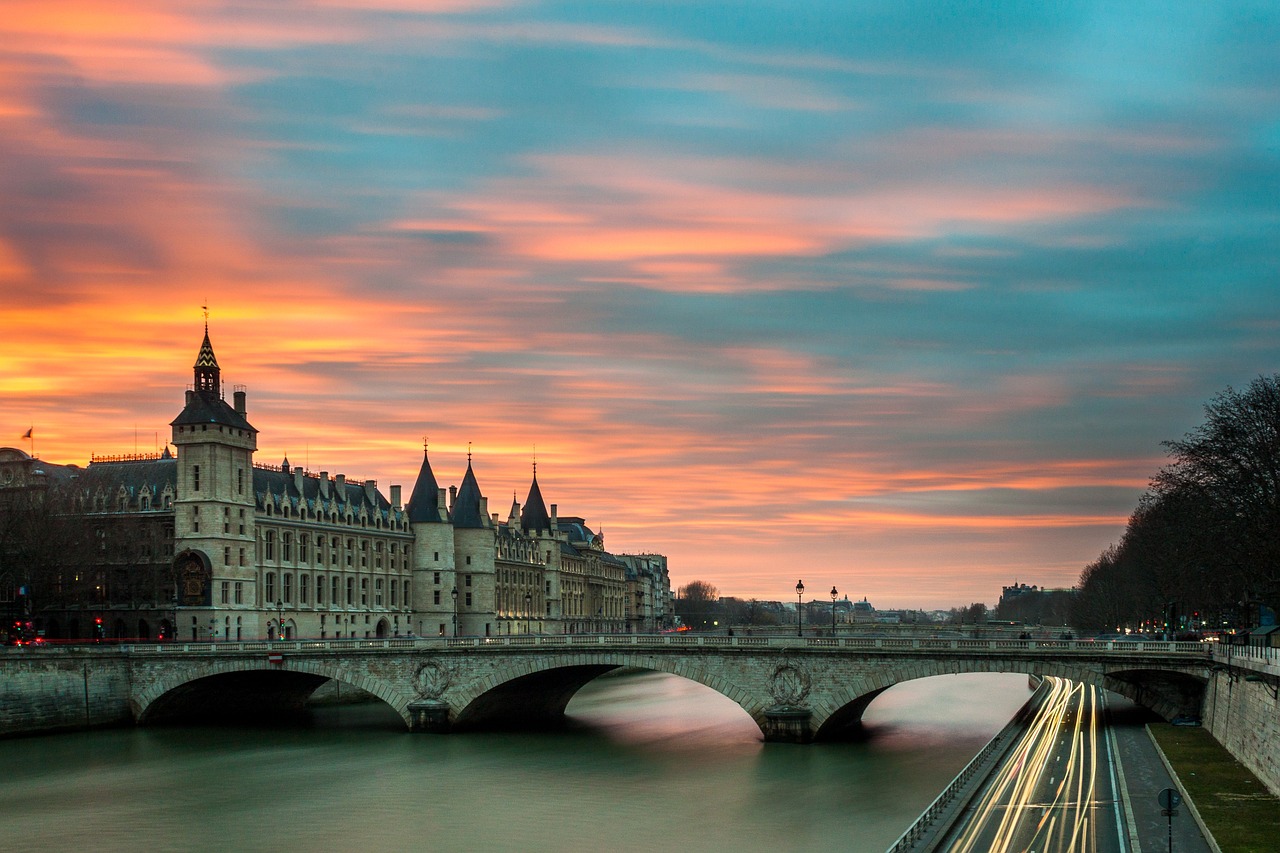
The 15th arrondissement of Paris is one of the 20 arrondissements of the capital city of France. In spoken French, it is referred to as le quinzième. The 15th arrondissement called Vaugirard, is situated on the left bank of the River Seine. Sharing the Montparnasse district with the 6th and 14th arrondissements, it is the city’s most populous arrondissement, with a population of 232,570 as of 2024. Tour Montparnasse – the tallest skyscraper in Paris – and the neighbouring Gare Montparnasse are both located in the 15th arrondissement, at its border with the 14th.
It is also home to the high – rise Beaugrenelle district and the Front de Seine riverside development, as well as the Paris Expo Porte de Versailles convention centre, where the 180 – metre Tour Triangle is set to house a 120 – room hotel and 70,000 square metres of office space in 2026. Close is the Héliport de Paris, the city heliport, just nearby the border with Issy – les – Moulineaux.
It is one of the safest places in Paris and perfect for families with children. In 2024, it has the lowest rates of assaults, battery, and property damage.
Top 3. 13th Arrondissement of Paris
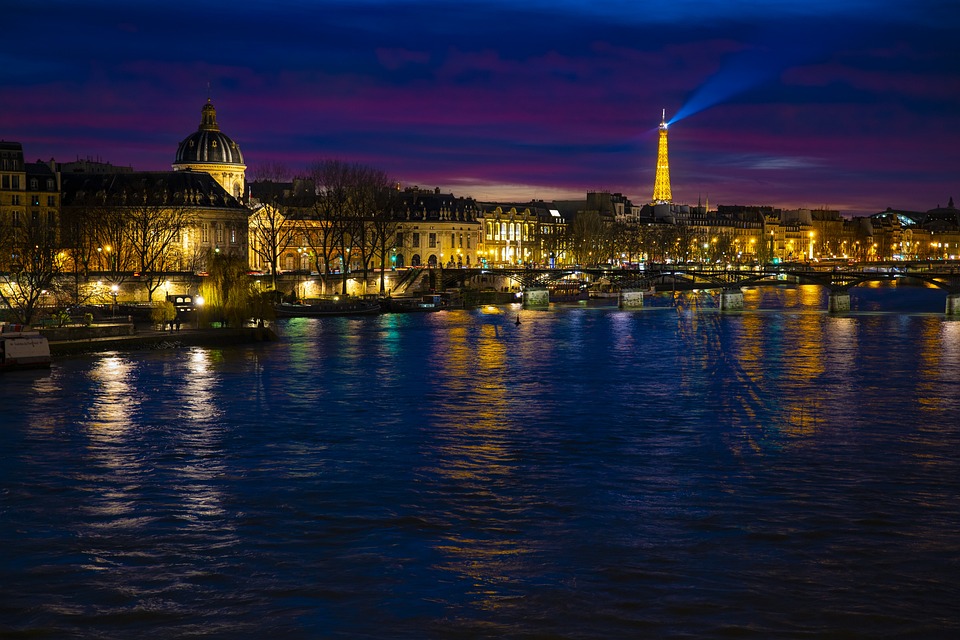
The 13th arrondissement of Paris is one of the 20 arrondissements of Paris. In spoken French, the arrondissement is referred to as le treizième. The arrondissement is situated on the left bank of the River Seine. It is home to Paris’s principal Asian community, the Quartier Asiatique, located in the southeast of the arrondissement in an area that contains many high – rise apartment buildings. The neighbourhood features a high concentration of Chinese and Vietnamese businesses. The 13th arrondissement is also home to the Bibliothèque nationale de France’s François Mitterrand site and the newly built business district of Paris Rive Gauche.
It is one of safest places to stay in Paris and safest neighborhoods in Paris. Security measures are provided here for the people, which greatly improves the people’s happiness and security. Violent theft and burglary crime rates are extremely low.
Top 4. 11th Arrondissement of Paris
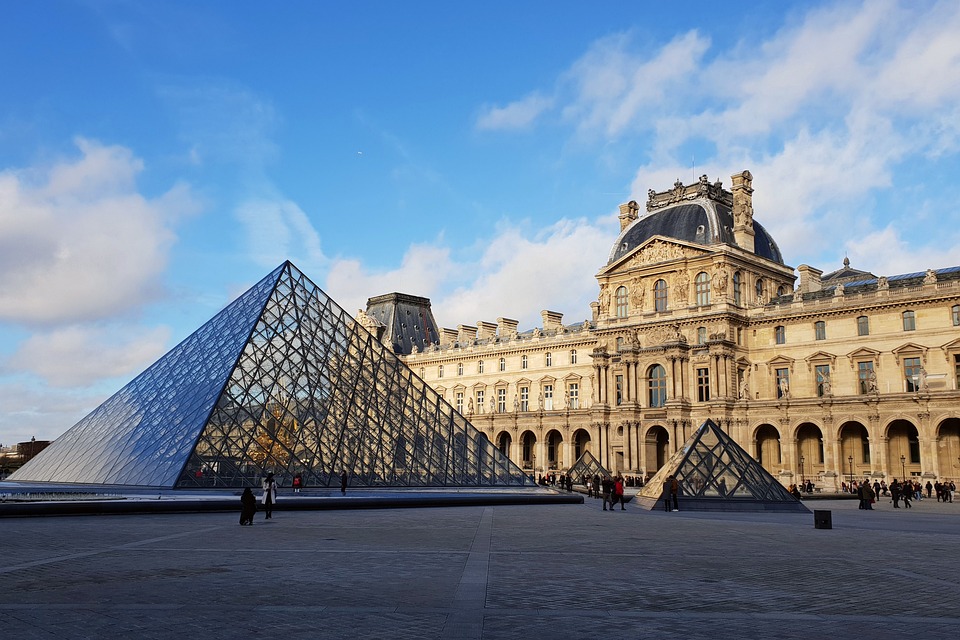
The 11th arrondissement of Paris is one of the 20 arrondissements of the capital city of France. In spoken French, the arrondissement is referred to as le onzième. The arrondissement called Popincourt is situated on the right bank of the River Seine. It is one of the most densely populated urban districts of any European city. In 2024, it had a population of 125,960. It is the best – served Parisian arrondissement in terms of number of Métro stations, at 25. Its borders are marked by three large squares: the Place de la République to the northwest, the Place de la Bastille to the southwest, as well as the Place de la Nation to the southeast.
It is one of safest places to stay in Paris and safest neighborhoods in Paris. It has a very low crime rate in terms of burglary, robbery, rape, and property damage, so it attracts a large number of tourists, especially female tourists, and it has a colorful nightlife.
Top 5. 20th Arrondissement of Paris
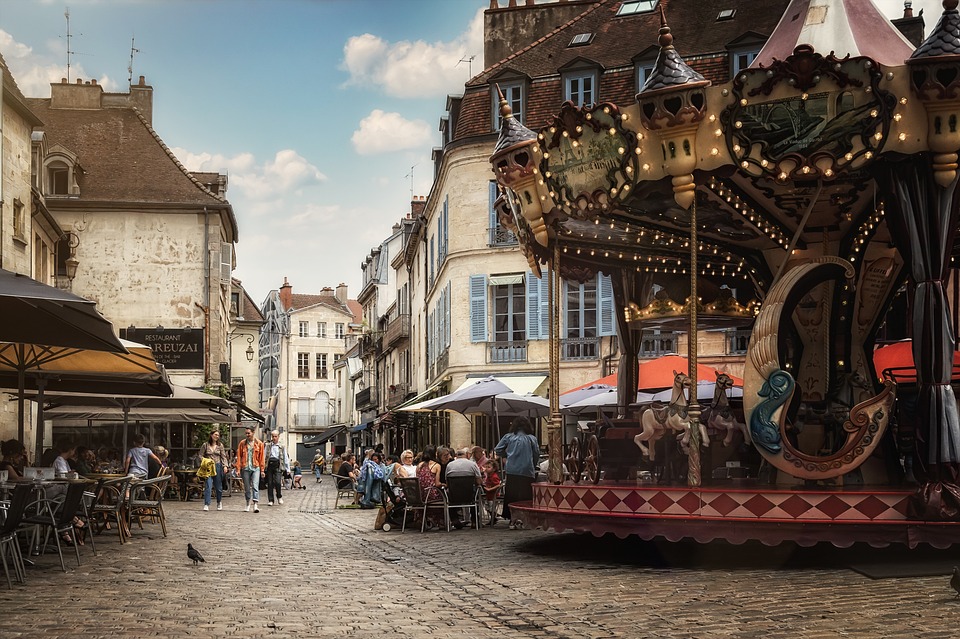
The 20th arrondissement of Paris is the last of the consecutively numbered arrondissements of the capital city of France. Also known as Ménilmontant after the Ménilmontant neighbourhood it encompasses in its northwest, it is on the right bank of the River Seine and contains some of the city’s most cosmopolitan districts. It covers four quarters: Belleville, Saint-Fargeau, Père-Lachaise and Charonne. In 2024, it had a population of 215,750. The 20th arrondissement is internationally best known for its Père Lachaise Cemetery, the world’s most-visited cemetery where one can find the tombs of a number of famous people.
It is one of the safest areas in Paris, with low crime rates for violent theft, assault and battery, and burglary. But if you’re considering living here, the arrondissement borders the 19th arrondissement which is one of the most dangerous arrondissements in Paris. The 20th arrondissement also has some places where locals feel less safe such as the Père-Lachaise neighborhood.
Top 6. Champs Elysées
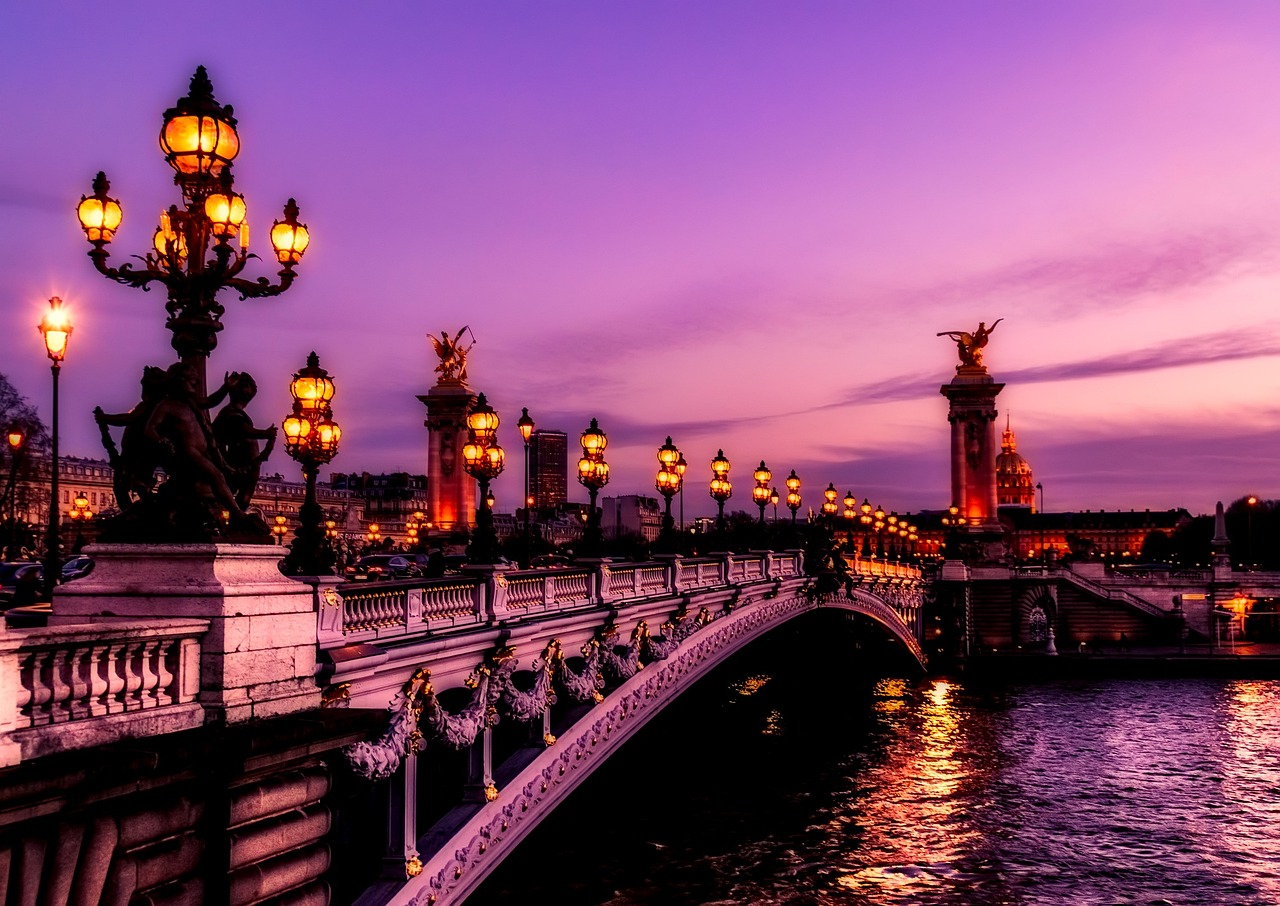
The Avenue des Champs-Élysées is an avenue in the 8th arrondissement of Paris, France, 1.9 kilometres long and 70 metres wide, running between the Place de la Concorde in the east and the Place Charles de Gaulle in the west, where the Arc de Triomphe is located. It is known for its world-famous theatres, cafés, and luxury shops; as the finish of the Tour de France cycling race; and for its annual Bastille Day military parade. The name is French for the Elysian Fields, the place for dead heroes in Greek mythology. It has been described as the “most beautiful avenue in the whole world”.
It is one of the safest places to stay in Paris. Although there is a colorful nightlife and countless bars, there are very few drunken troubles or drunken crimes here, and residents and tourists have a high sense of security.
Top 7. Le Marais
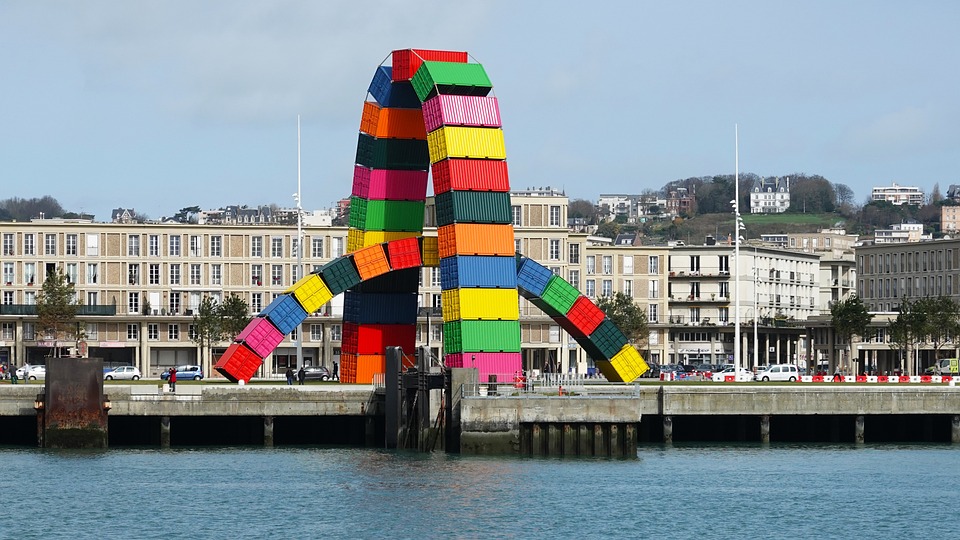
Le Marais is a historic district in Paris, France. It spreads across parts of the 3rd and 4th arrondissements on the Rive Droite, or Right Bank, of the Seine. Having once been an aristocratic district, it is home to many buildings of historic and architectural importance. It lost its status as a fashionable district in the late 18th century, with only minor nobles calling the area home. After the French Revolution, the district fell into disrepair and was abandoned by nobility. After a long period of decay, the district has undergone transformation in recent years and is now once again amongst the more fashionable areas of Paris known for its art galleries, upscale restaurants and museums.
It is one of safest places to stay in Paris and safest neighborhoods in Paris. Known as the T and LGBT district, it is surrounded by the fashion boutique San Dart Galleries. It is impossible for such a welcoming neighborhood to be dangerous. If you want to stroll about until the early hours, it’s a fairly safe spot to do it.
Top 8. Saint-Germain-des-Prés
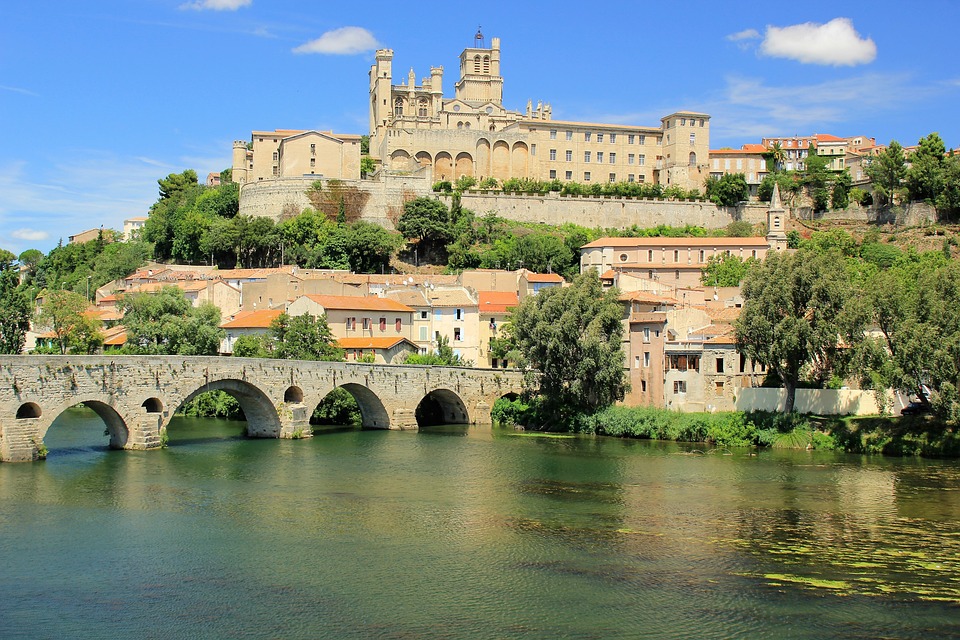
Saint-Germain-des-Prés is one of the four administrative quarters of the 6th arrondissement of Paris, France, located around the church of the former Abbey of Saint-Germain-des-Prés. Its official borders are the River Seine on the north, the rue des Saints-Pères on the west, between the rue de Seine and rue Mazarine on the east, and the rue du Four on the south. Residents of the quarter are known as Germanopratins. The quarter’s cafés include Les Deux Magots, Café de Flore, le Procope, and the Brasserie Lipp, as well as many bookstores and publishing houses. In the 1940s and 1950s, it was the centre of the existentialist movement associated with Jean-Paul Sartre and Simone de Beauvoir. It is also home to the École des Beaux-Arts, Sciences Po, the Saints-Pères biomedical university center of the University of Paris, the School for Advanced Studies in the Social Sciences, and the Musée national Eugène Delacroix, in the former apartment and studio of painter Eugène Delacroix.
It is one of safest places to stay in Paris and safest neighborhoods in Paris. It has a very low crime rate in terms of burglary, robbery, rape, and property damage, so it attracts a large number of tourists, especially female tourists, and it has a colorful nightlife.
Top 9. Châtelet
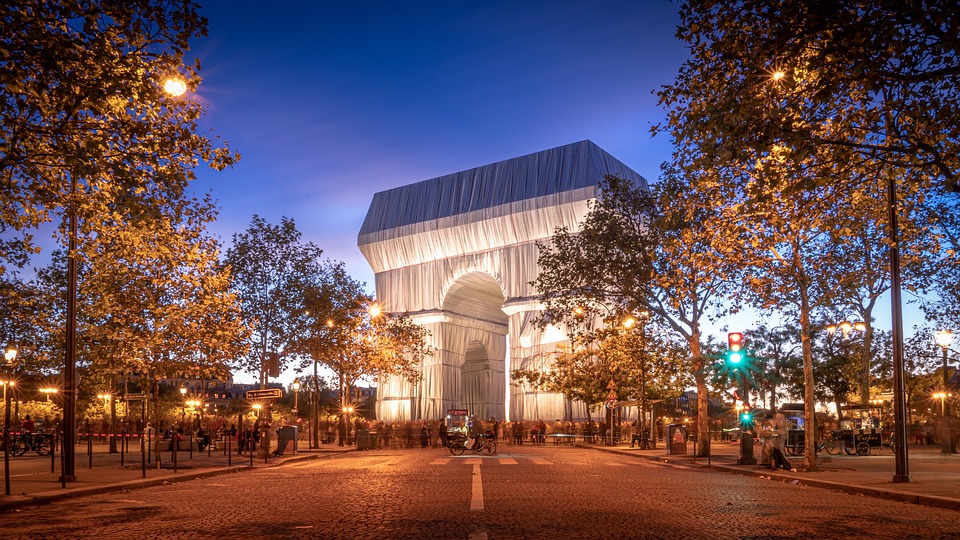
Châtelet is a public square in Paris on the right bank of the river Seine and on the borderline between the 1st and 4th arrondissements. It lies at the north end of the Pont au Change, a bridge that connects the Île de la Cité, near the Palais de Justice and the Conciergerie, to the right bank. The closest métro station is Châtelet. At the square’s center is the Fontaine du Palmier, designed in 1806 by architect and engineer François-Jean Bralle to celebrate French victories in battle. Two identical-looking theatres stand facing the square, the Théâtre du Châtelet and the Théâtre de la Ville, both designed by architect Gabriel Davioud and completed between 1860 and 1862 as part of Baron Haussmann’s grand reconfiguration of Paris. It is peaceful and secure, just like the rest of the city center, but it can get crowded because it has a sizable underground shopping mall and serves as the primary transit hub for the city.
It is one of the safest areas in Paris, with low crime rates for violent theft, assault and battery, and burglary.
Top 10. Montmartre
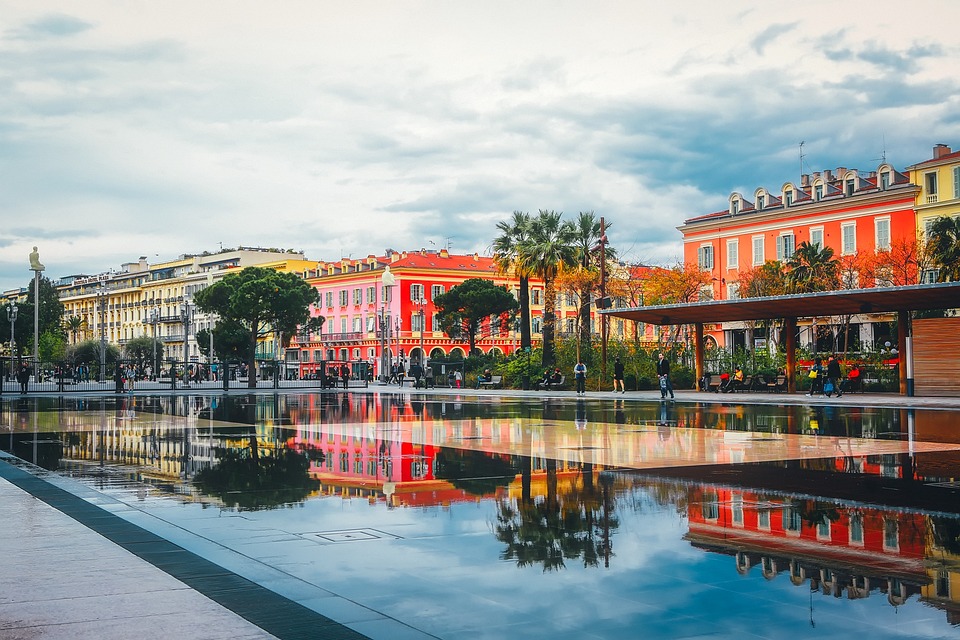
Montmartre is a large hill in Paris’s northern 18th arrondissement. It is 130 miles high and gives its name to the surrounding district, part of the Right Bank. Montmartre is primarily known for its artistic history, for the white-domed Basilica of the Sacré-Cœur on its summit, and as a nightclub district. The other church on the hill, Saint Pierre de Montmartre built in 1147 was the church of the prestigious Montmartre Abbey. On 15 August 1534, Saint Ignatius of Loyola, Saint Francis Xavier and five other companions bound themselves by vows in the Martyrium of Saint Denis, 11 Rue Yvonne Le Tac, the first step in the creation of the Jesuits. Near the end of the 19th century and at the beginning of the 20th, during the Belle Époque, many artists lived, worked, or had studios in or around Montmartre, including Amedeo Modigliani, Claude Monet, Pierre-Auguste Renoir, Edgar Degas, Henri de Toulouse-Lautrec, Suzanne Valadon, Piet Mondrian, Pablo Picasso, Camille Pissarro and Vincent van Gogh. Montmartre is also the setting for several hit films.
It is one of safest places to stay in Paris and safest neighborhoods in Paris. It has a very low crime rate in terms of burglary, robbery, rape, and property damage, so it attracts a large number of tourists, especially female tourists, and it has a colorful nightlife.
Tips for Travelling Safest Places to Stay in Paris
- Plan in Advance
By researching and reading, you’ll have an idea of how to navigate the city and how to schedule your time.
- Consider Your Arrival
It might be worth the money to skip the metro and hire a shuttle or driver into the city.
- Make Advanced Reservations
Whether it’s accommodation or famous attractions such as the Eiffel Tower and the Louvre, you need to make reservations in advance. uhomes.com is a reliable platform providing you with affordable and comfortable student accommodation in France.
- Keep ExpensiveItems Hidden
Never leave your phone or wallet visible on tables or hanging out of your pockets. Keep them hidden from potential thieves.
- RelaxYourself Without Pressure
It’s alright that you won’t see everything you wanted. Just accept it and think of it as a reason to look forward to your next visit. Take your time and enjoy the magic of Paris.
How to Respond to Emergencies in Safest Places to Stay in Paris
The Paris Police Prefecture publishes a pamphlet entitled “Paris in Complete Safety” that provides practical advice and useful telephone numbers for visitors. In an emergency, dialling 17 will connect the caller to the police. You can also dial the Europe-wide emergency response number 112 to reach an operator for any kind of emergency service similar to the U.S. and Canadian 911 system. Non-French speakers may experience a delay while an English speaker is located.
List of Safest Places to Stay in Paris
- Top 1. 14th Arrondissement of Paris
- Top 2. 15th Arrondissement of Paris
- Top 3. 13th Arrondissement of Paris
- Top 4. 11th Arrondissement of Paris
- Top 5. 20th Arrondissement of Paris
- Top 6. Champs Elysées
- Top 7. Le Marais
- Top 8. Saint-Germain-des-Prés
- Top 9. Châtelet
- Top 10. Montmartre
List of Areas to Avoid in Paris
- Top 1. 10th Arrondissement of Paris
- Top 2. 18th Arrondissement of Paris
- Top 3. 19th Arrondissement of Paris
- Top 4. 1st Arrondissement of Paris
- Top 5. 8th Arrondissement of Paris
- Top 6. Gare du Nord
- Top 7. Les Halles
- Top 8. Porte de la Chapelle
- Top 9. Bois de Vincennes
- Top 10. 17th Arrondissement of Paris
Conclusion
Safest Places to Stay in Paris are selected and analyzed detailedly in this blog serving as a comprehensive guide with advantages and disadvantages, helping you have a better understanding of Paris. If you want choose Paris as your tourist spot or educational destination, you ought to read this blog carefully.
After you have decided to pay a visit to Paris or go to Paris for further education, accommodation is the first and foremost thing. uhomes.com is a platform providing affordable, reliable and comfortable student accommodation in France.
FAQ
Paris is generally safe for tourists, but like any major city, there are areas you should be cautious about, especially at night. Avoid neighborhoods like northern parts of the 18th and 19th arrondissements and the area around Gare du Nord, which can be sketchy after dark.
If it’s your first trip to Paris and you want to immerse yourself in culture and see as many sights as possible, the best areas to stay in are the 1st, 8th and 7th arrondissements. And, as they’re all next to each other, you can walk easily between them.
Skip the baseball caps, white socks, sneakers, large colorful backpacks, and fanny packs. Instead, opt for dark skinny jeans, plain shirts without logos, and leather shoes. Use tote bags or earth-toned simplistic bags if you really want to dress in France to fit in with the locals.
In general, Paris has historically had a higher overall crime rate than London. However, London has seen a more significant increase in certain types of crime, particularly violent crimes, in recent years.
However, the average figures for 2011 and 2012 show that Paris suffered from 20 killed people per year per million of inhabitants whereas the number reached 32 in New York City.
The tap water in Paris is very closely monitored for quality assurance, both by the water supply company Eau de Paris and independent health authorities, to ensure its quality. This means that tap water in Paris is legal to drink per French, European, and World Health Organization standards.
The right bank or Rive Droite brings to mind a chic sophistication and elegance that is quintessential Paris, while the left or Rive Gauche boasts a more relaxed artistic and romantic atmosphere.
To avoid being a victim, try to find a seat away from the doors. If you can’t sit, back yourself up against one of the sides. Try to minimize access to your pockets and purses. On the street: The most frequently used tactic here is the distraction technique.
The 16th arrondissement is commonly thought to be one of the richest parts of Paris (as the saying Auteuil-Neuilly-Passy popularised); it features some of the most expensive real estate in France including the famous Auteuil “villas”; heirs to 19th century high-society country houses, they are exclusive gated.
The main neighborhoods to avoid in the 18th arrondissement are Barbès, Pigalle, and Red Castle. In the morning, a large flea market is set up between Porte de Clignancourt and Saint Ouean, but at night these areas aren’t very safe.
